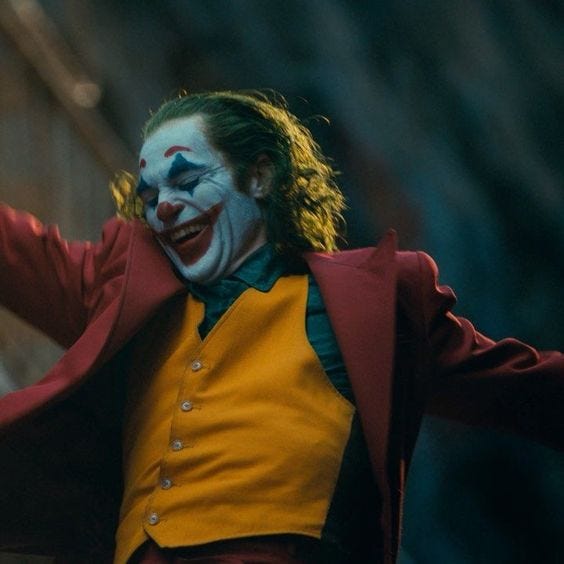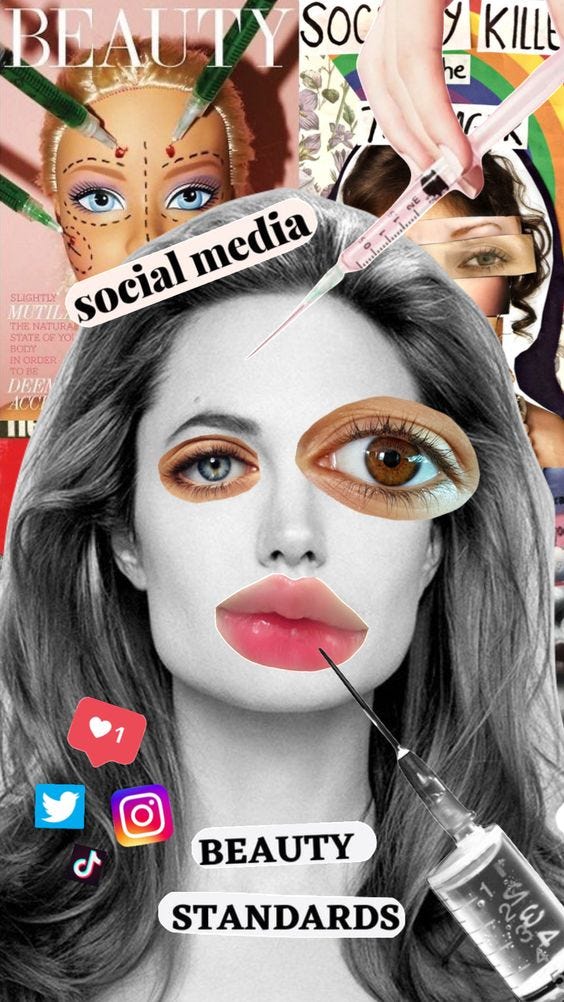
The Sad Clown Paradox: Unmasking the Dualities of Life through “Stańczyk”
A paradox as old as time itself exists in the complex web of human emotions: the Sad Clown Paradox. This phenomena embodies the contrast between internal melancholy and external humour, a concept that has been replayed throughout history and is eloquently depicted in Jan Matejko’s painting “Stańczyk”. We explore the complexities of this paradox and discover the connections that bind us to the moving story of our own lives.
The Enigmatic Smile: Unveiling the Sad Clown Paradox
The Sad Clown Paradox first seems to be a simple dichotomy — a drama of opposing emotions. It’s the mysterious grin that graces the faces of people who, akin to jesters, amuse the public while battling inner conflict. It is a fundamental aspect of the human experience to tango paradoxically between happiness and misery.
The practice of hiding one’s actual emotions beneath a happy exterior has long been practiced and has been reflected in theatre, visual arts, and literature. But nowhere does it come across more poignantly than in the painting “Stańczyk.” The court jester, depicted in this masterwork by Jan Matejko from 1862, acts as a mirror reflecting the intricacies of our own inner landscapes.

Stańczyk: A Glimpse into Historical Melancholy
“Stańczyk,” an eternal piece of art, transports us to King Sigismund the Old’s court in 16th-century Poland. The jester who bears the title stands in the middle of the composition, dressed in the customary garb of a colourful garment hung with bells. But his expression hides a more complex tale, one of intense introspection and thought.
Matejko’s deft brushwork portrays Stańczyk in a moment of seclusion amid the court’s festivities. His scowled brow and lowered mouth say volumes, inviting the viewer to look past the obvious. The picture, which is sometimes interpreted as a representation of a national catastrophe, acts as a visual allegory for the need for group reflection at crucial junctures in history.
The Modern Paradox: Social Media, Masks, and Self-Presentation
In the era of social media in the twenty-first century, the Sad Clown Paradox assumes new meanings. People use the virtual stage as a platform to carefully curate their lives and present successful, happy images of themselves. Like the painted smile of a jester, the crafted self hides the weaknesses and hardships that lie beneath.
Like Stańczyk’s jester suit, our online personas become costumes we wear to interact with the outside world. Emojis, filters, and well written captions become the tools to overlay the complexity of life with smiles. The paradox endures, if not gets stronger, as the pressure to live up to social norms widens the distance between appearance and reality.

Reflecting on Our Personal “Stańczyk” Moments
We all have our own “Stańczyk” moments in the quiet times of reflection behind the social media curtain. the moments when we smile despite bearing the burden of our difficulties, doubts, and hidden anxieties. These are the times when the Sad Clown Paradox transforms from a societal phenomenon to a very private one.
We also dance delicately between the public and private spheres and the internal and external realms. Even while our painted smiles aren’t as genuine as jesters’, they nonetheless mean the same thing. Understanding this paradox forces us to develop empathy for others as well as for ourselves and recognises the complexity of the human condition.
Embracing Vulnerability: Breaking Free from the Paradox
Recognising the Sad Clown Paradox does not mean endorsing eternal misery or casting doubt on happiness. Rather, it’s a plea to genuinely accept vulnerability. We make room for sincere relationships and a more caring society when we acknowledge that happiness and melancholy live within each of us.
The artwork “Stańczyk” is a timeless reminder that being vulnerable is actually a great strength rather than a weakness. Accepting the Sad Clown Paradox becomes a brave gesture in a society that is frequently fixated on perfection. It is a step towards shattering illusions and promoting a more profound comprehension of the human condition.

Conclusion: Navigating Life’s Grand Stage
We come across the Sad Clown Paradox in a variety of ways as we make our way through life’s vast stage, including in ourselves, others, and historical classics like “Stańczyk.” It challenges us to examine beneath the surface, to see past the makeup on our faces, and to recognise the complex interplay of light and shadow that is what makes us all human.
Ultimately, the Sad Clown Paradox is a story to be understood rather than a puzzle to be solved. It invites us to approach life’s challenges with understanding, compassion, and a readiness to accept the innate dualities that so eloquently and truly define who we are as people.
Recommended Viewing:
1. ”Stańczyk” by Jan Matejko (1862):
Take a closer look at the masterpiece that inspired this exploration of the Sad Clown Paradox. Allow the rich details and profound expressions to resonate as you consider the intricacies of Stańczyk’s emotions.
2. ”Joker” (2019):
This film provides a contemporary cinematic portrayal of the sad clown archetype. Joaquin Phoenix’s performance as the Joker delves into the complexities of mental health, societal expectations, and the duality of laughter and despair.
3. ”Inside Out” (2015):
While an animated film, “Inside Out” skillfully explores the coexistence of joy and sadness within the human psyche. The characters personify emotions, offering a poignant reflection on the Sad Clown Paradox.
Recommended Reading:
1. ”The Man Who Laughs” by Victor Hugo:
This classic novel delves into the life of Gwynplaine, a man disfigured into a perpetual grin. Hugo’s exploration of appearance versus reality resonates with the themes of the Sad Clown Paradox.
2. ”Masks: Faces of Culture” by John W. Nunley and Cara McCarty:
For a broader understanding of the symbolism behind masks and disguises, this book explores the cultural significance of concealing and revealing one’s true self.
3. ”The Anatomy of Influence: Literature as a Way of Life” by Harold Bloom:
Bloom’s examination of the impact of literature on our lives offers insights into how art, including visual art like “Stańczyk,” shapes our understanding of the human experience.
Liked this post? Follow for more & subscribe for receiving an email alert, whenever I post :)
